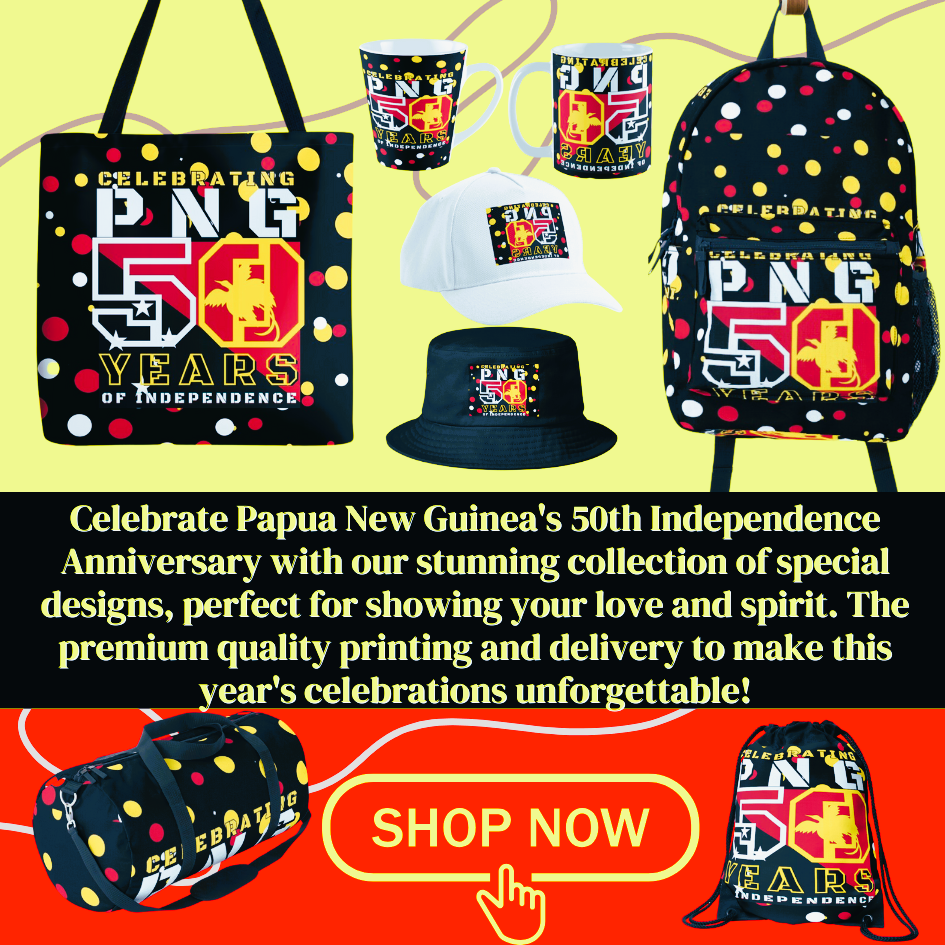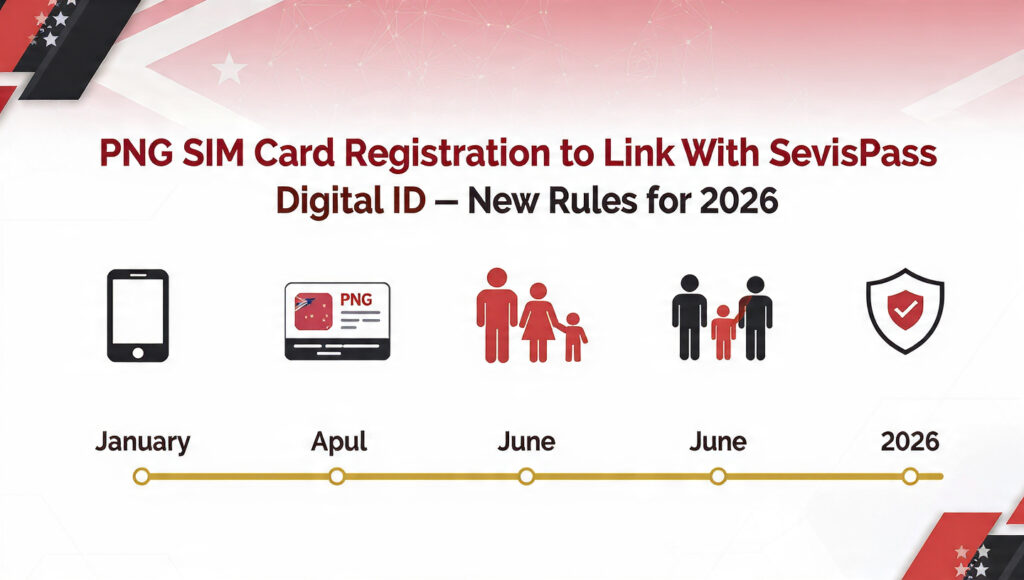Papua New Guinea Independence: Birth of a Nation and Its Journey. In this post we will explore the history of Papua New Guinea’s independence from Australia in 1975, the leaders who shaped its path, its rich cultural diversity, and the challenges and opportunities it faces today.
Independence of Papua New Guinea – Beginning of a Nation

The Birth of a Nation Called Papua New Guinea (PNG)
Papua New Guinea (PNG) gained independence from Australia on September 16, 1975, marking the end of colonial rule and the beginning of a sovereign future.
The people of PNG had looked forward to this day with hope. Independence meant they could make their own decisions. They could choose their own leaders. It was a peaceful change, not a war. Every year, PNG celebrated this important day with joy and pride.
Independence was achieved peacefully, setting PNG apart as a nation that transitioned with diplomacy rather than conflict. The event became a turning point in Melanesian history, giving the people their voice, power, and pride.
To celebrate this spirit of nationhood, you can explore unique PNG-themed art and designs here.
Colonial Times: Life Before Independence
Long before Europeans came, Papua New Guinea was home to many tribes. Each group had its own customs, language, and leaders. In 1884, Britain and Germany took control of different parts of PNG. Later, Australia ruled most of the country after World War I. Colonial rule changed many things in daily life. The colonial government brought new laws and foreign systems. Traditional leaders lost much of their power. Resources were taken to benefit foreign powers. Many local people were not given real freedom or say in government.
How Papua New Guinea Gained Independence
After World War II, people across the world wanted freedom. In PNG, people also wanted to govern themselves. Australia slowly allowed more local involvement in government. New leaders began to speak up for their rights. Sir Michael Somare became one of the main voices for independence. He helped start a political party called the Pangu Pati. Many people supported the idea of an independent PNG. The country took careful steps toward self-rule. On September 16, 1975, PNG officially became an independent nation.
The Path to Independence: Visionaries and Leaders
The road to independence was guided by visionary leaders who believed in self-governance. Sir Michael Thomas Somare, known as the “Father of the Nation,” played a critical role. As the leader of the Pangu Pati, he advocated for peaceful transition and political education. He became PNG’s first Prime Minister and was deeply respected for uniting a diverse nation.
Other key figures included:
- Sir Julius Chan, an influential politician and economic thinker.
- John Guise, the first Governor-General and a powerful voice for national unity.
- Albert Maori Kiki, a prominent writer and nationalist who helped build PNG’s identity.
Together, these leaders formed a government that reflected both modern democracy and traditional values. You can support and celebrate that legacy by wearing and sharing it here.
Creating the Constitution: Rules for the Nation
Before independence, leaders worked to write a Constitution. The Constitution would guide how PNG would be run. It would protect people’s rights and freedoms. The process was open and inclusive. Many groups were asked to share their views. The leaders wanted a government that respected both tradition and modern law. They built a system that included democracy and fairness. This helped the people trust the new system.
Culture and Identity: The Heart of Papua New Guinea
After independence, PNG placed great value on its culture. The country had many languages and many unique customs. Leaders encouraged people to keep their traditions alive. Cultural festivals were held to celebrate this rich heritage. These included the Goroka Show and the Mount Hagen Festival. Schools also began teaching local stories and history. Traditional dances, songs, and crafts were shared proudly. Culture remained at the heart of PNG’s national identity.
Today, Papua New Guinea is considered one of the most culturally diverse countries in the world. It is home to over 850 languages and more than 1,000 distinct tribes. Each group has unique customs, dress, and rituals that remain vibrant today.
Examples include:
- The Huli of the Highlands, known for their colorful wigs and war dances.
- The Tolai people of East New Britain, famous for shell money and fire dances.
- The Asaro Mudmen of Eastern Highlands, who wear clay masks in traditional performances.
National cultural festivals showcase this diversity. Despite modern changes, many Papua New Guineans continue to live by traditional customs and values.
Celebrate this cultural pride with original PNG-inspired products and designs here.
Economic Development: Natural Wealth and Ongoing Challenges
After gaining independence, PNG started building its own economy. The country was rich in gold, copper, oil, and gas. These natural resources brought in money. However, many people still lived in villages and farmed. The village economy remained strong after independence. The government worked to improve both rural and urban development. There were plans to create more jobs and support local markets. Still, some areas remained very poor and isolated.
Today, PNG’s economy is heavily dependent on natural resources, including gold, copper, oil, and gas. The mining and petroleum sectors account for over 80% of export revenue. Projects like Ok Tedi Mine, Lihir Gold Mine, and the PNG LNG Project have driven GDP growth.
However, this growth has not always led to equal development. Many rural communities remain poor and underserved. Resource extraction has sometimes led to land disputes, environmental damage, and social unrest. Balancing economic gains with sustainability and local benefit remains a major challenge.
This balance between tradition and progress is captured in creative ways through this PNG-themed merchandise.
Education and Health
Education became a top priority after independence. More schools were built across the country. The government introduced free basic education in later years. But schools in remote areas often lacked teachers and books. Health services also improved slowly after independence. New clinics and hospitals were opened in towns and rural areas. Vaccination programs and clean water projects helped many communities. Non-government groups and international aid supported these efforts. Despite challenges, people lived longer and healthier lives than before.
Papua New Guinea and the World
After independence, PNG formed relationships with other countries. It joined the United Nations and the Pacific Islands Forum. It also built strong ties with Australia, China, and the United States. These countries gave support through trade, aid, and training. PNG also helped in peace talks across the Pacific. It took part in world meetings on climate change and development.
Facing Challenges: A Growing Nation
Even after independence, PNG faced many hard problems. There are issues with corruption and poor governance. Some roads and schools are still in bad condition. Many people in villages live without electricity or clean water. The government has been working on big plans to fix these issues. One major plan is called Vision 2050. This plan aims to build a strong, smart, and fair country. The goal is to help every citizen live a better life.
Infrastructure and Living Standards of Papua New Guinea
Since 1975, PNG has made significant strides in health, education, and infrastructure:
- Primary school enrolment increased from 52% in 1980 to over 85% in 2020.
- Life expectancy improved from 52 years in 1975 to 66 years by 2023.
- Electricity access rose from 10% to nearly 40% in urban areas.
Still, rural infrastructure lags behind. Many villages lack paved roads, safe water, and reliable power. Projects like the Connect PNG Program aim to bridge these gaps by improving roads and digital access. Support awareness for PNG’s development journey by browsing symbolic artwork here.
Governance and Anti-Corruption
Corruption has been one of PNG’s greatest challenges. Poor management of public funds and political instability have slowed progress. In recent years, efforts have been made to promote transparency and reform:
- The Independent Commission Against Corruption (ICAC) was launched in 2020.
- Digital systems for budgeting and procurement have been introduced.
- Civil society groups are pushing for accountability in government spending.
While enforcement remains uneven, public demand for good governance is growing. Wearing or displaying cultural symbols can be a conversation starter—see this creative PNG collection for ideas.
Tourism and Sustainability: A Growing Opportunity
PNG’s natural beauty and cultural richness make it a top spot for eco-tourism and cultural tourism. Tourists come to explore its volcanoes, coral reefs, rainforests, and tribal festivals. However, infrastructure and safety concerns have limited growth. With better investment in roads, airports, and tourism training, PNG could become a leading sustainable tourism destination in the Pacific.
Help raise global interest by sharing this beauty through art and apparel.
Quotes from Key Leaders
Sir Michael Somare once said: “We are a proud and independent people. Our strength lies in our unity and diversity.”
Prime Minister James Marape stated in 2023: “Our goal is to make Papua New Guinea the richest Black Christian nation on Earth.”
These words reflect a deep commitment to national pride, faith, and growth.
Supporting Future of Papua New Guinea
Papua New Guinea’s journey since independence has been full of both achievements and challenges. You can help PNG’s progress by:
- Learning more about its culture, history, and people.
- Supporting NGOs that promote education, health, and development.
- Visiting as a responsible tourist, respecting local traditions and communities.
- Sharing this story, so more people understand the importance of PNG’s independence.
A Proud Past, a Promising Future
Papua New Guinea’s independence was a proud and peaceful moment, marked the start of a new journey. It showed the world that change could happen without war. The country moved from colonial rule to self-government with great effort. Since 1975, PNG had grown in many ways. People had worked to improve schools, health, and leadership. They kept their cultures alive while joining the modern world.
The nation has come far, building its identity, economy, and global standing. Though challenges remain – corruption, infrastructure, inequality – there is hope in its people and leaders. With unity, cultural pride, and bold reforms, PNG is moving toward a stronger, more just future.
Let us celebrate PNG’s rich legacy—and stand beside it as it builds the future 50 years on.
➡️ Celebrate Papua New Guinea’s Independence and culture through bold and beautiful designs:
🔗 Explore Now – PNG Independence Collection
🔗 Celebrate the Spirit of Freedom – PNG Art & Apparel



